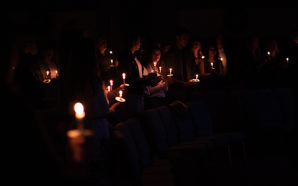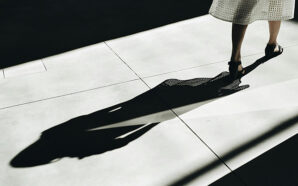History does not repeat itself. Although we too have suffered during the Coronavirus pandemic, we do not live in Milan, Siena, or Rome. We are not residents of the late medieval and early modern period. The stunning fact that the United States went over a hundred years between major pandemics is evidence of how little we share with our forebears. It took us nearly three hundred years to discover the cause of the bubonic plague. We were able to analyze COVID-19 and develop a vaccine within a year.
Further, just like the bubonic plague, the Coronavirus pandemic has revealed social, economic, and racial disparities. The wealthy could work from home, practicing social distancing with almost religious devotion. The poor stayed behind, feeding us, delivering our packages, and continuing to keep the supply chain functioning. At the end of the crisis, it’s clear that the rich got richer. And the poor got poorer. Our common awakening as a society to the plague of racial injustice is just beginning. As we advocate for an end to racism, we should keep in mind that Black and Latino/a residents of the United States have borne the brunt of COVID-19 deaths.
Even if history does not repeat itself, paying attention to the response of our forebears to the Black Death may be salutary. What we see as the healing medicine to the plague in late medieval and early modern Catholicism is a renewed attention to presence. The presence of Christ in the Blessed Sacrament. The presence of Christ in history in the lives of the saints. The presence of Christ to one another, especially to those on the margins.
To continue reading this article, click here.
Timothy P. O’Malley is the Director of Education at the McGrath Institute for Church Life, where he also serves as Academic Director of the Notre Dame Center for Liturgy. He teaches and researches at Notre Dame in the areas of liturgical-sacramental theology, catechesis, and aesthetics. He is the author of numerous articles and books, most recently, the forthcoming Divine Blessing: Liturgical Formation in the RCIA.
With thanks to Church Life Journal, a Journal of the McGrath Institute for Church Life at the University of Notre Dame, Notre Dame, Indiana, and Timothy O’Malley, where this article originally appeared.








